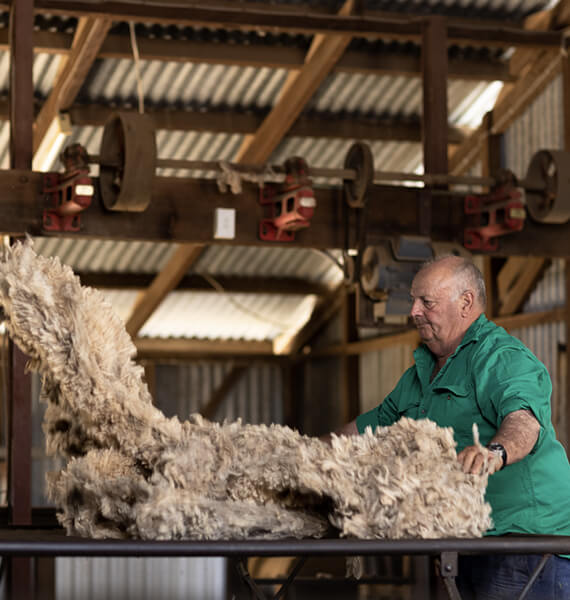How we help
RAPAD has delivered the program by undertaking the application and assessment process as well as the reporting and management. To date the entire funding initiative has delivered:
- $12.3 million in Government funding;
- $29.7 million committed by landholders;
- $42 million total project;
- Producers spending 71% on average of the total cost of the fence;
- 40 clusters
- 165 landholders involved
- 4017 km of fencing
- Protecting 2,246,773 ha from wild dogs
- 139 new jobs in agriculture in the region
- $56.3 million in annual regional economic benefit
- $21.2 million increase in regional gross margins
- $4.57 per year every year from $1 Government spending;

